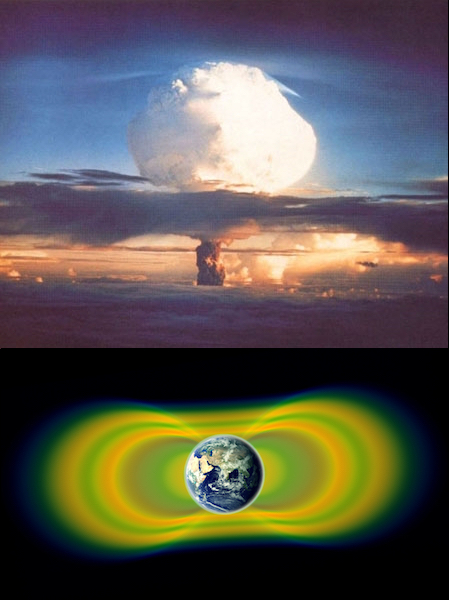 In 1963, the United States, the Soviet Union, and Great Britain signed the Limited Test Ban Treaty, agreeing to not test nuclear weapons in the atmosphere, underwater, or in outer space. France continued atmospheric testing until 1974, and the last atmospheric test was done by China on October 16, 1980. Over 500 atmospheric nuclear tests have been performed before then, but none since.
In 1963, the United States, the Soviet Union, and Great Britain signed the Limited Test Ban Treaty, agreeing to not test nuclear weapons in the atmosphere, underwater, or in outer space. France continued atmospheric testing until 1974, and the last atmospheric test was done by China on October 16, 1980. Over 500 atmospheric nuclear tests have been performed before then, but none since.
That could soon change. North Korea has threatened to do an atmospheric nuclear test. Even if that test doesn’t lead to a chain of more dangerous events, and considering the potential health impacts of the dispersed radiation, it turns out that simply testing a missile in the atmosphere could lead to highly charged electrons that would tend to fry the electronics of Earth-orbiting satellites.
It’s a complex issue, and one that ties in with the huge magnetic fields that protect the Earth and the satellites orbiting around it. Those magnetic fields include some areas that attract highly charged particles, called the Van Allen belts. Earlier this year, we reported on a discovery from the Laboratory of Atmospheric Space Physics in Boulder, about how very low frequency radio transmissions sent to military submarines deep under that water, accidentally help satellites high above the Earth by reducing the impact of the Van Allen belts’ highly charged particles. So, could those very low frequency waves also protect us from the satellite-frying effects of an atmospheric nuclear weapons test? If things get too crazy here on Earth, could a spacecraft with a well-designed magnetic field help people escape? Those are questions that come to mind for How on Earth’s Shelley Schlender. Now here’s Shelley’s investigation about the Van Allen belts, whether cell phones would work after a nuclear explosion, and escaping to outer space.
Hosts: Joel Parker, Chip Grandits
Producer, Engineer: Joel Parker
Additional Contributions: Beth Bennett, Alejandro Soto
Executive Producer: Beth Bennett
Listen to the show:
Podcast: Play in new window | Download (Duration: 28:04 — 25.7MB)
Subscribe:
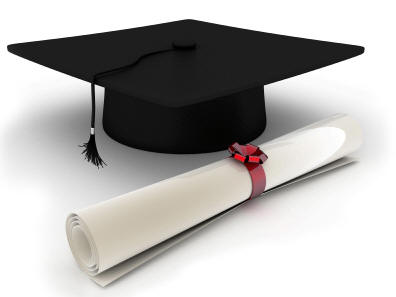 With graduation season upon us, today’s edition of How on Earth is Part 2 of our annual “Graduation Special”. Our guests in the studio today are scientists and engineers who recently received their Ph.D. from the University of Colorado in a STEM-related field. They talk about their thesis research, their grad school experiences, and what they have planned next.
With graduation season upon us, today’s edition of How on Earth is Part 2 of our annual “Graduation Special”. Our guests in the studio today are scientists and engineers who recently received their Ph.D. from the University of Colorado in a STEM-related field. They talk about their thesis research, their grad school experiences, and what they have planned next. Chloe Long – Aerospace Engineering
Chloe Long – Aerospace Engineering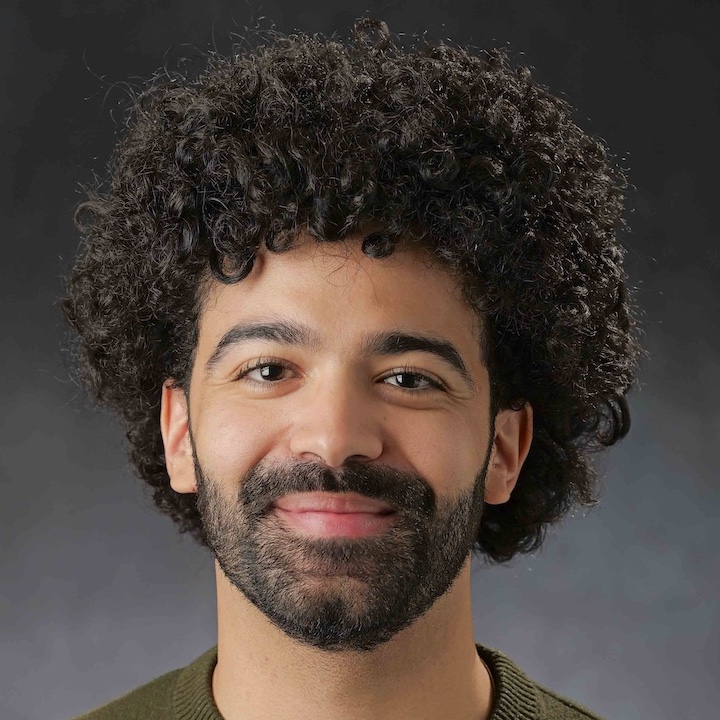

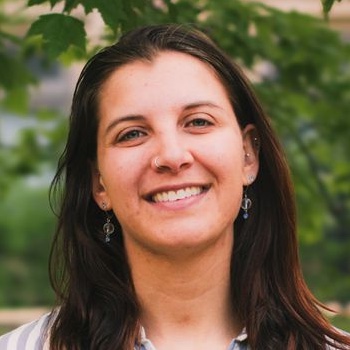


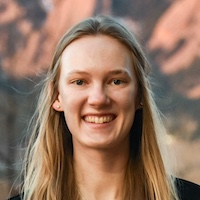

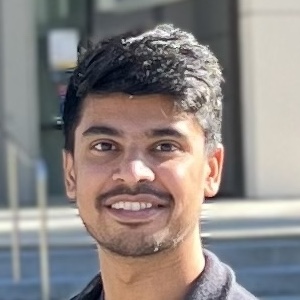
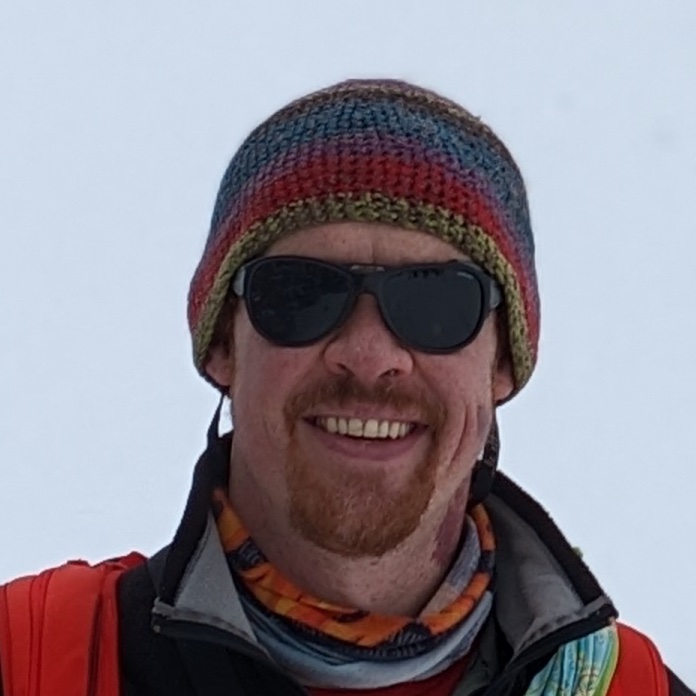
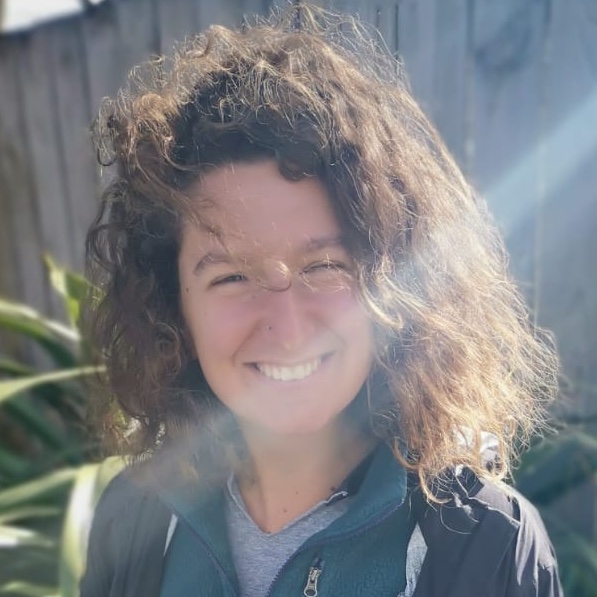 Amanda Hampton –
Amanda Hampton – 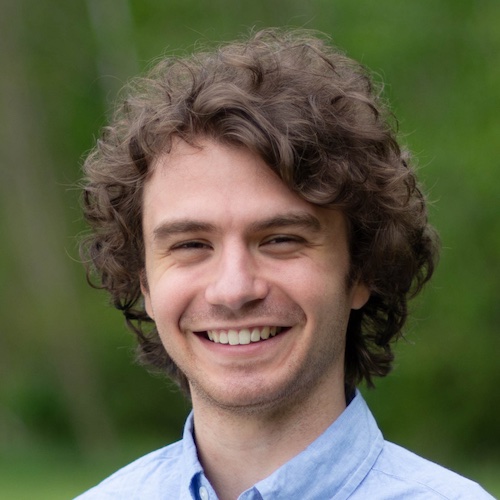
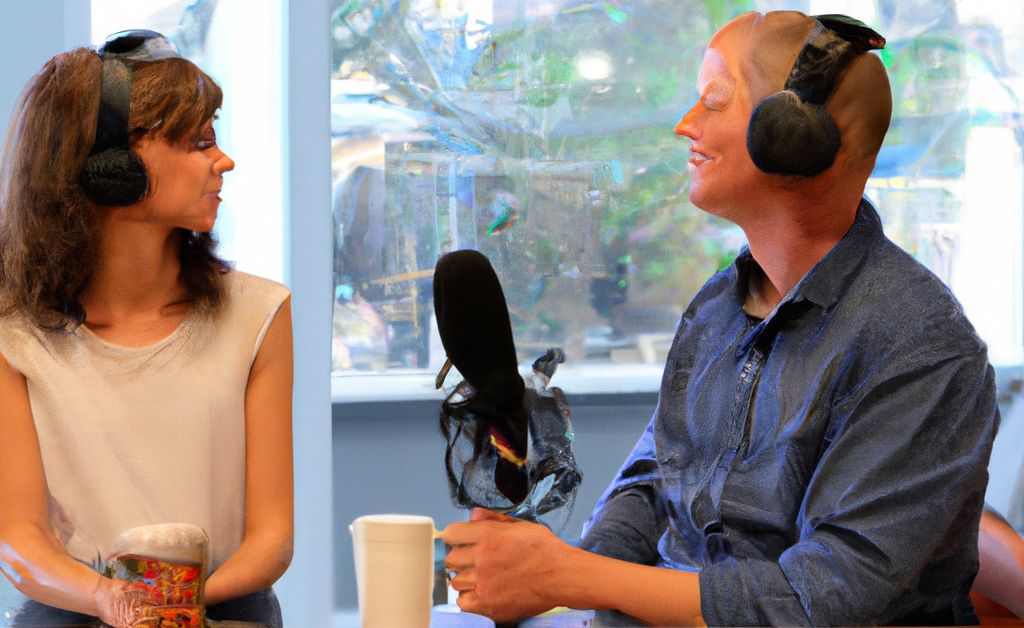
 With graduation season upon us, today’s edition of How on Earth is Part 2 of our annual “Graduation Special” (you can
With graduation season upon us, today’s edition of How on Earth is Part 2 of our annual “Graduation Special” (you can 
 Katie Gach – University of Colorado,
Katie Gach – University of Colorado,  Jet Mante – University of Colorado,
Jet Mante – University of Colorado,  Abhijit Suresh – University of Colorado,
Abhijit Suresh – University of Colorado, 
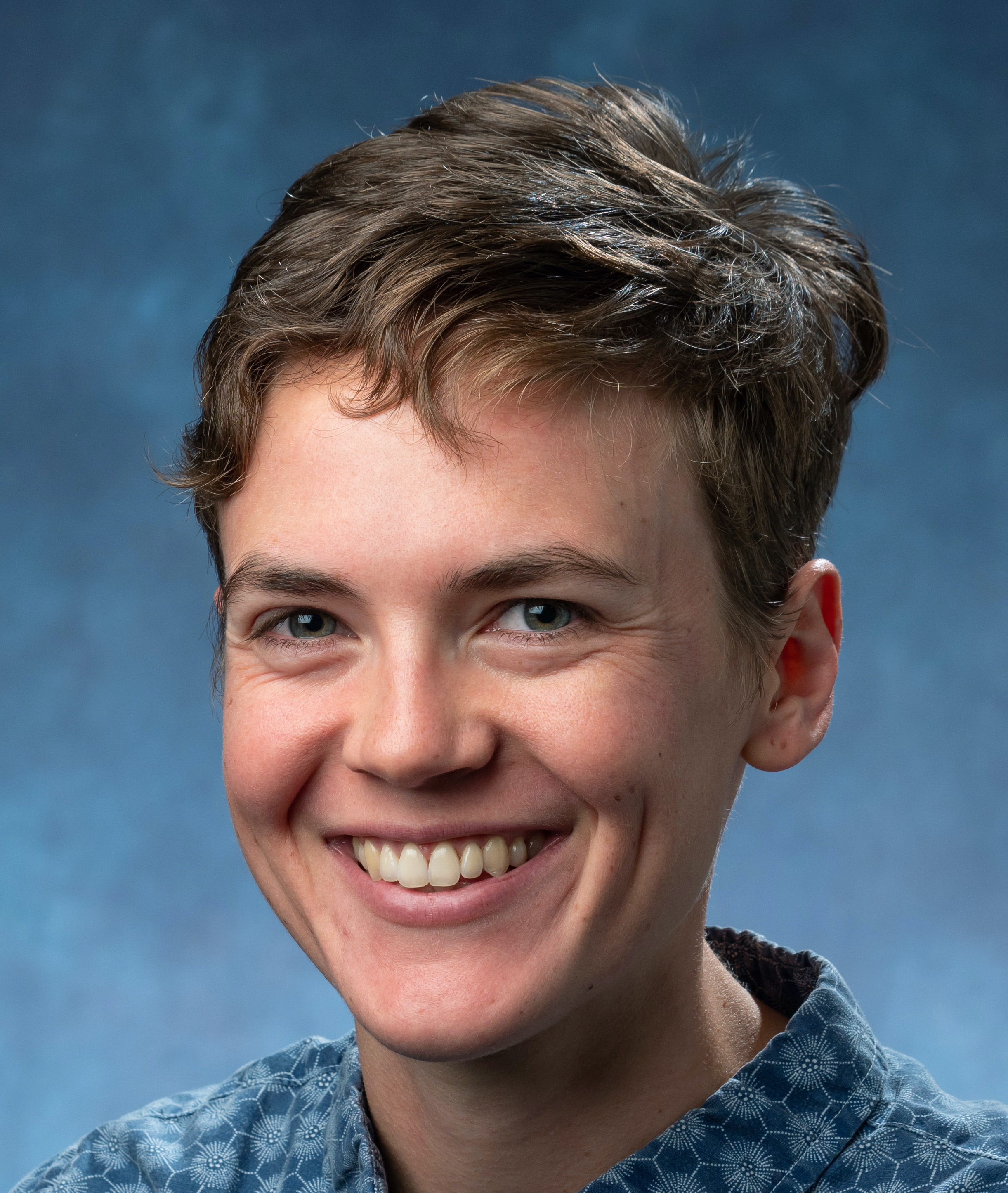
 Jason Silver – CU Boulder,
Jason Silver – CU Boulder, 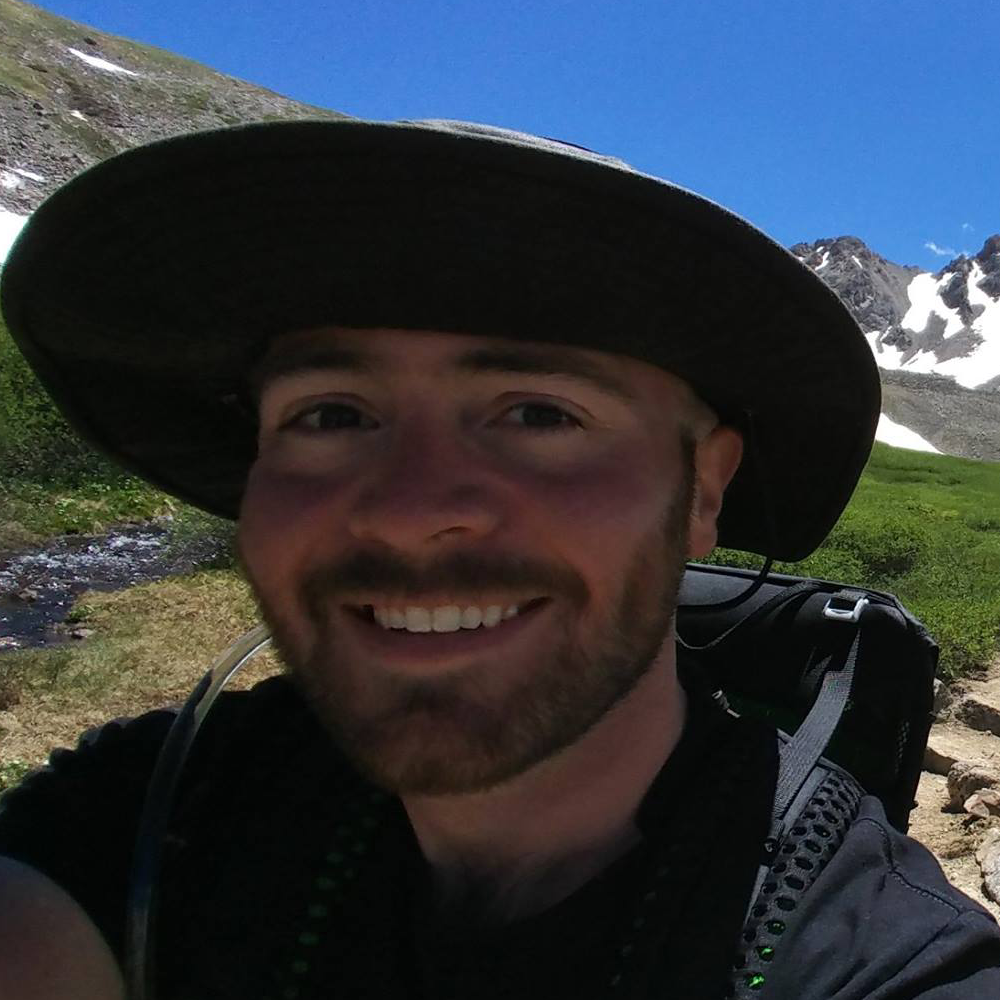 Zach Ulibarri – CU Boulder,
Zach Ulibarri – CU Boulder, 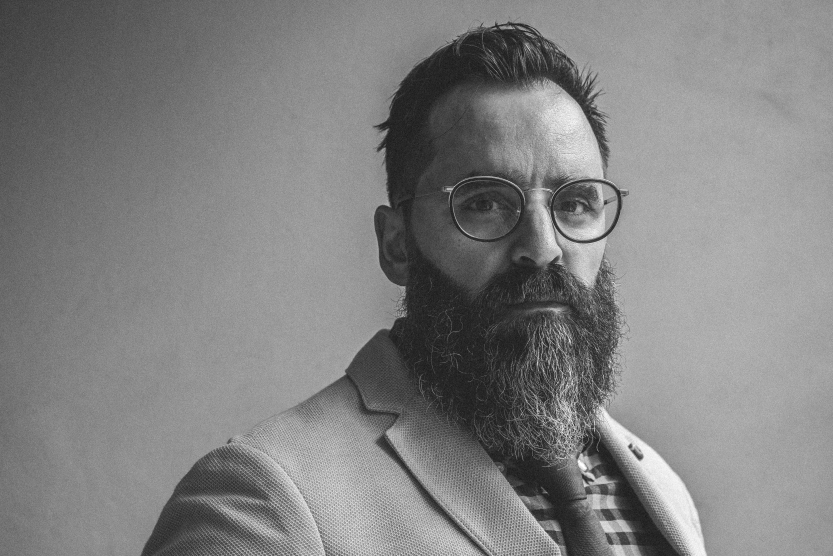
 We talk with
We talk with 
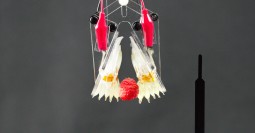
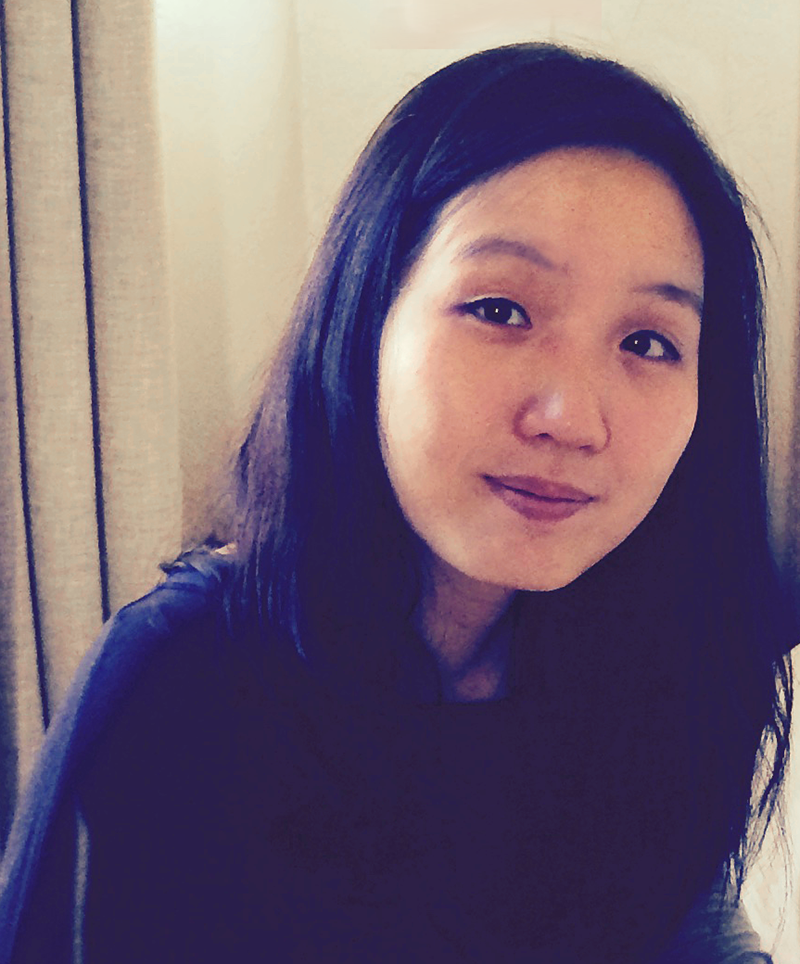 HyunJoo Oh – CU Boulder,
HyunJoo Oh – CU Boulder,  Nathan Parrish – CU Boulder,
Nathan Parrish – CU Boulder,  Diana Perry – Stockholm University,
Diana Perry – Stockholm University, 
 In 1963, the United States, the Soviet Union, and Great Britain signed the
In 1963, the United States, the Soviet Union, and Great Britain signed the